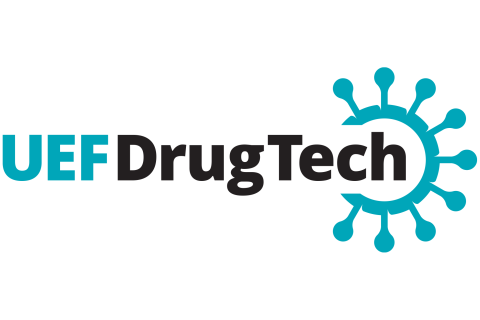- Health and well-being
Welcome to a seminar series kick-off organized by the multi-disciplinary research community Drug Discovery and Delivery (DrugTech) at the University of Eastern Finland.
Programme
Chairman: Professor Arto Urtti, School of Pharmacy
16.00 Welcome
Professor Peter Wipf, Departments of Chemistry, Pharmaceutical Sciences, and Bioengineering, University of Pittsburgh, U.S.A.: Synthesis and Biological Evaluation of Phosphatase Inhibitors - Drugging the Undruggable
Q & A Session
17.00 Concluding remarks
Currently, about 2-3% of the proteins encoded by the ca. 20,000 genes in the human genome are targeted by approved small molecule drugs. Even if ultimately only 10-15% of proteins prove to be disease-modifying, many cellular components and mechanisms of action have remained therapeutically orphaned over many decades of conventional drug discovery. However, efforts to develop this large pool of potential targets have faced a multitude of obstacles.
This presentation will focus on a specific “undruggable target”, PTP4A3, with the implication that while currently still “undrugged”, phosphatases fall within the reach of novel strategies aimed at expanding the utility of new therapeutics. The protein phosphatase PTP4A3 is an attractive anticancer target, but knowledge of its exact role in cells remains incomplete. Selective intracellular regulation of phosphatases with small molecule inhibitors has been an unmet general challenge.
We have recently reported the synthesis of iminothienopyridinediones through photooxygenation reactions. Our lead structure in this series was found to be a potent inhibitor of the oncogenic, dual-specific phosphatase PTP4A3 (in vitro IC50 ~35 nM), as well as its family members PTP4A1 and PTP4A2. The SAR analysis as well as the scale-up of the iminothienopyridinedione chemotype were greatly facilitated by in-flow techniques, first using fluoroelastomer tubing and a compact fluorescent lamp (CFL), and then a 3-D printed polypropylene cartridge system under LED light irradiation.
Further information on the speaker: Google Scholar.
The event will be recorded. In participating in the seminar, you automatically agree to the recording.

